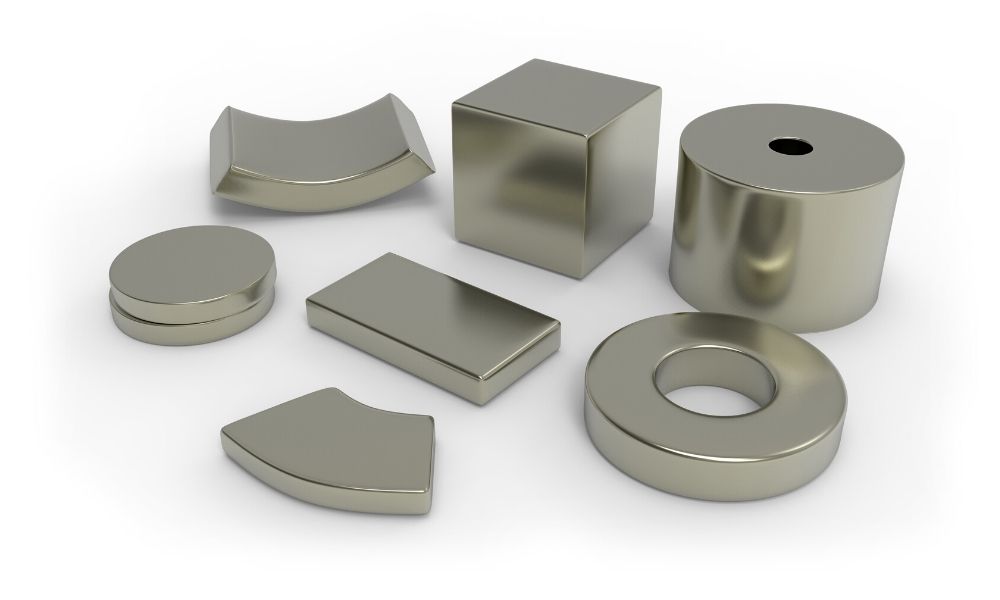[[data.name.value]]
[[metadata.defaultData.name]]
[[data.title.value]],
[[metadata.defaultData.title]],
[[data.company.value]]
[[metadata.defaultData.company]]

What Purpose Does a Permanent Magnet Serve in a Simple Motor
A straightforward motor is a machine that uses the interplay of magnetic fields to transform electrical energy into mechanical energy. It is made up of a permanent magnet, an electric current, and a coil of wire. The purpose of a permanent magnet in a basic motor will be discussed in this article, along with its importance to the motor's functioning.

How a Simple Motor Works:
Let's quickly review the operation of a basic motor before getting into the role of a permanent magnet. A magnetic field forms around a wire as an electric current pass through it. This magnetic field interacts with a permanent magnet's magnetic field, producing a force that causes the coil to rotate.
Function of the Permanent Magnet:
In a basic motor, the permanent magnet's main job is to provide a steady magnetic field. The coil rotates as a result of the interaction between this fixed magnetic field and the magnetic field produced by the current-carrying coil. While the coil serves as the motor's rotor, which spins as a result of magnetic forces, the permanent magnet serves as the motor's stator, which is the motor's fixed component.
Creating a Magnetic Field:
Materials used to create permanent magnets have a characteristic known as ferromagnetism that enables them to maintain a significant degree of magnetism even in the absence of an external magnetic field. A permanent magnet maintains a consistent magnetic field, which is essential to the functioning of the motor.
Attracting and Repelling Forces:
Attractive and repulsive forces are created by the interplay of the coil's and permanent magnet's magnetic fields. The magnetic field produced by the coil as current passes through it coincides with the magnetic field produced by the permanent magnet. This alignment produces an attractive force that pulls the coil in a certain direction.
The coil's magnetic field flips and the current is reversed when it reaches this point. The coil now continues to rotate as a result of the magnetic fields of the coil and the permanent magnet repelling one another. The coil rotates continuously as a result of the repetition of this operation.
Keeping the motor's efficiency:
A basic motor performs and is more efficient when a permanent magnet is present. The magnet's fixed magnetic field guarantees a constant torque, which causes the coil to rotate more smoothly and steadily. Additionally, it lowers the amount of power required to keep the magnetic field in place, increasing the motor's total energy efficiency.
Conclusion:
A permanent magnet's role is to provide a magnetic field that is fixed and interacts with the magnetic field produced by the current-carrying coil. For the motor to remain stable, effective, and energy-efficient, the permanent magnet is essential. As a result, it plays a crucial role in the construction and functioning of basic motors. To fulfill the rising need for dependable and efficient motor systems, manufacturers, like those in China magnet manufacturing, are constantly innovating and producing premium permanent magnets.
Read more
Read less
[[ metadata.translations.contactme ]]